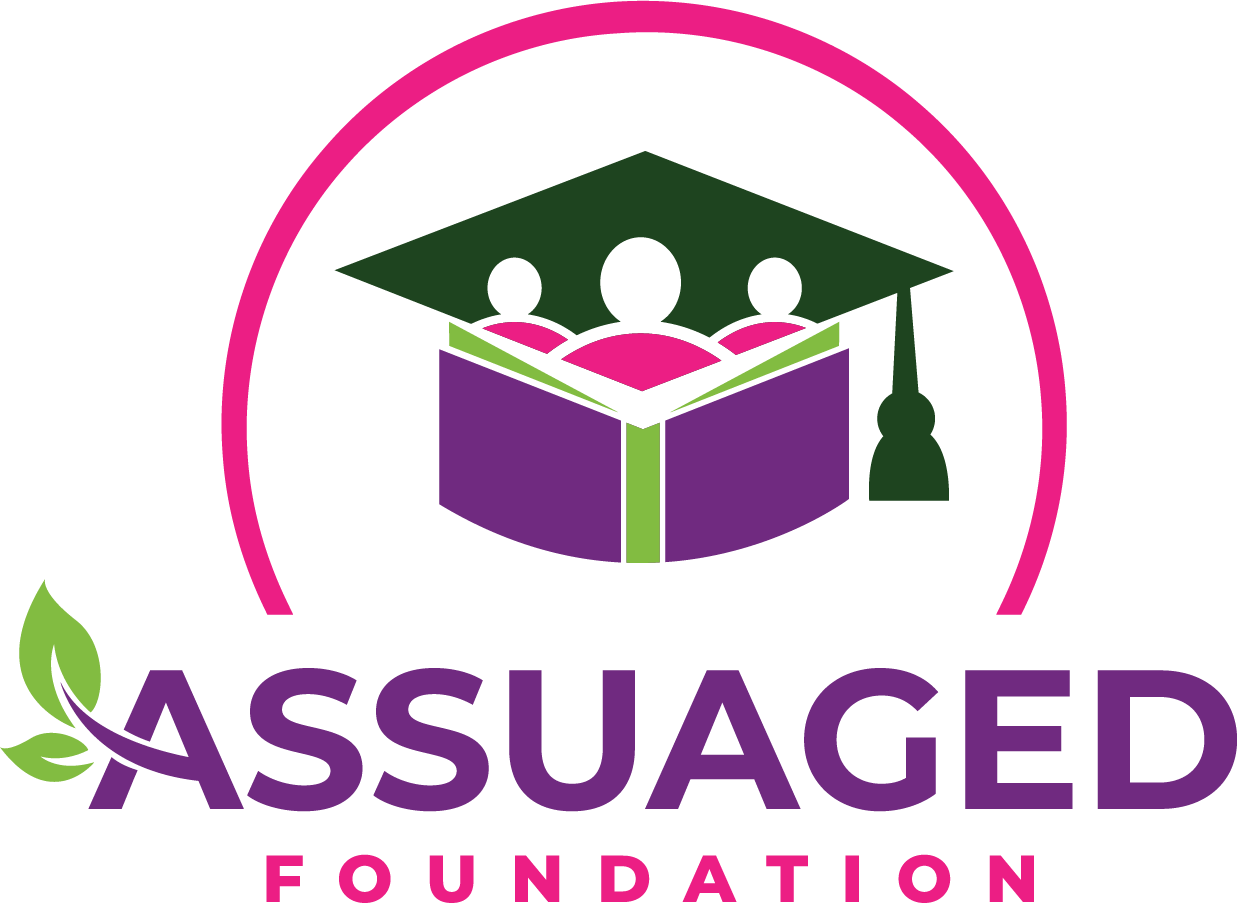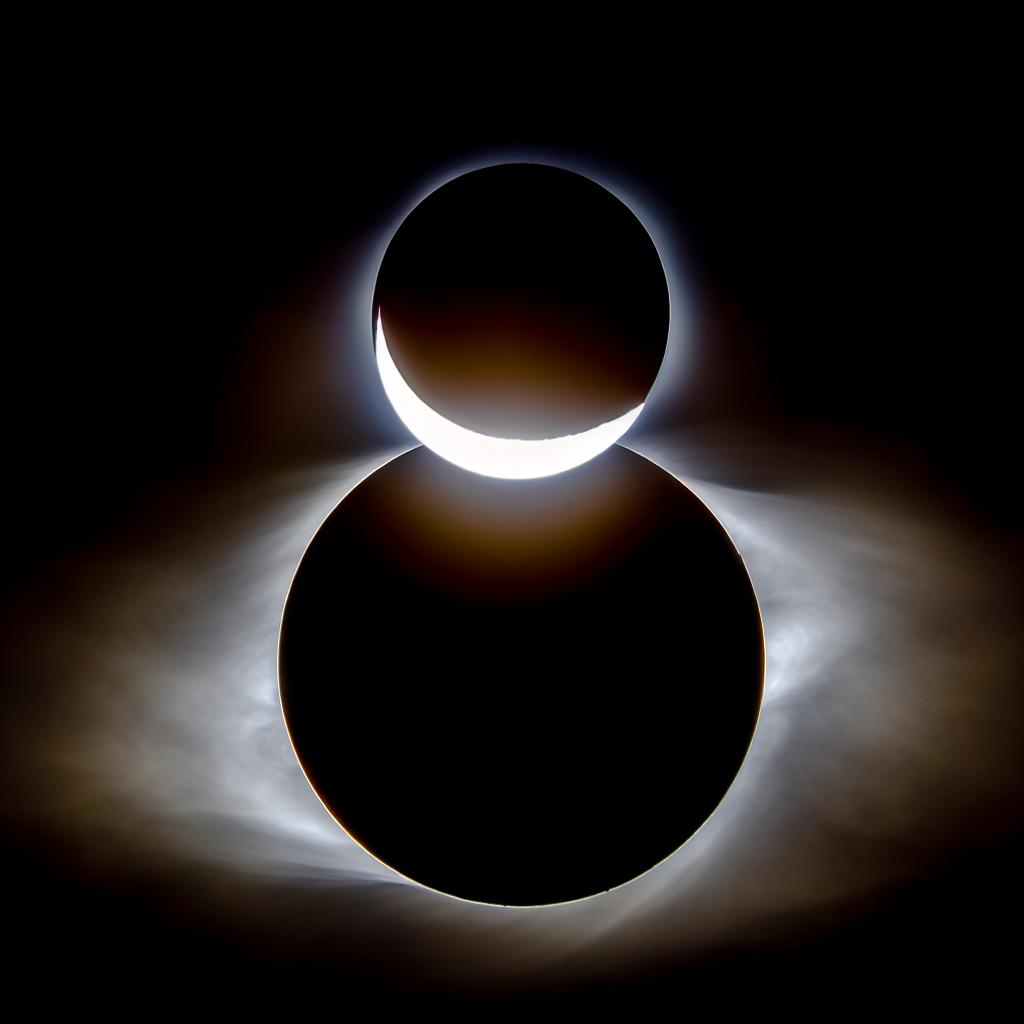Let's look into the fascinating world of solar eclipses and discover their profound impact on Earth and its inhabitants.
The Science Behind Solar Eclipses
Solar eclipses occur when the Moon passes between the Sun and the Earth, casting a shadow on the Earth's surface.
There are three solar eclipses: total, partial, and annular. A total solar eclipse is when the Moon completely blocks the Sun, creating a breathtaking spectacle. During a partial solar eclipse, the Moon obscures only a portion of the Sun. An annular solar eclipse happens when the Moon is farthest from the Earth and appears smaller than the Sun, leaving a ring of light visible around the edges.
The alignment of the Sun, Moon, and Earth during a solar eclipse results from their orbits and gravitational forces. This celestial event provides scientists with valuable opportunities to study the Sun's corona, the outermost layer of the Sun's atmosphere, and gather data on solar activity and space weather.
Understanding the science behind solar eclipses helps us appreciate the beauty and significance of these celestial phenomena. [1]

Types of Solar Eclipses
Total Solar Eclipse: During a total solar eclipse, the Moon completely blocks the Sun, casting a shadow on the Earth's surface. This creates a surreal experience as the sky darkens, and the Sun's corona, the outermost region of the Sun's atmosphere, becomes visible. Total solar eclipses are rare and can only be observed from specific locations along the path of totality.
Partial Solar Eclipse: In a partial solar eclipse, the Moon partially covers the Sun, resulting in a crescent-shaped Sun. This type of eclipse is visible from a broader area than a total solar eclipse, but the Sun is not completely obscured.
Annular Solar Eclipse: An annular solar eclipse occurs when the Moon is farthest from the Earth and appears smaller than the Sun. As a result, a ring of light, also known as an annulus, is visible around the edges of the Moon during the eclipse. This creates a unique and captivating sight.
Each type of solar eclipse offers a different viewing experience and provides scientists with valuable research opportunities. [2]

Safe Viewing Practices
A solar eclipse is a beauty to watch. However, during a solar eclipse, the retina can become overstimulated, which can cause permanent damage. Normally, an overstimulated retina will signal you to look away, and you should be safe. However, this process can happen extremely fast and the sudden retina damage the high UV of the sun could give you as your view of the sun shifts as the moon moves away from covering the light can permanently damage your eyes and your body will not be able to react in time before the eye damage sets in.
To prevent eye damage while viewing a solar eclipse, follow these safety guidelines:
-
Use Eclipse Glasses: Special-purpose solar filters, commonly known as eclipse glasses, are essential. These glasses must meet the international standard ISO 12312-2 for safe viewing. Regular sunglasses, even very dark ones, do not provide sufficient protection.
-
Check for Damage: Ensure that your eclipse glasses are not scratched, punctured, or damaged in any way. Damaged glasses will not provide adequate protection.
-
Use Proper Viewing Devices: Pinhole projectors or solar viewing projectors can also be used to safely observe the eclipse indirectly. These devices project an image of the Sun onto a screen, allowing you to watch the eclipse without looking directly at the Sun.
-
Avoid Unapproved Filters: Do not use homemade filters or ordinary materials such as CDs, DVDs, or smoked glass. These do not block enough solar radiation and can lead to serious eye damage. [3]
Eye Damage from Solar Eclipses
Solar eclipses are awe-inspiring celestial events that captivate millions of people around the world. However, they also pose specific health risks, particularly to the eyes, if appropriate precautions are not taken. Understanding these risks and how to mitigate them is essential for safely enjoying an eclipse.
The most significant health risk during a solar eclipse is eye damage from looking directly at the Sun without proper protection. This can lead to a condition known as solar retinopathy.
-
Solar Retinopathy occurs when intense solar radiation burns the retina, the light-sensitive part of the eye. It can result in permanent damage and loss of vision. Symptoms may not appear immediately, including blurred vision, a central blind spot, and distorted vision.
-
Risk During Partial and Annular Eclipses: Even when the Sun is partially obscured by the Moon, the remaining visible part is still intensely bright and harmful. The risk of solar retinopathy is present during all phases of an eclipse except totality (when the Sun is completely covered).
-png.png?width=1121&height=630&name=image%20(1)-png.png)
Safety Tips for an Optimal Viewing Experience
-
Educate Yourself and Others: Knowing what to expect during an eclipse and educating friends, family, and community members about safe viewing practices is crucial.
-
Plan Ahead: Ensure you have the necessary protective gear well in advance of the eclipse. Eclipse glasses and other viewing devices can sell out quickly as the event approaches.
-
Follow Expert Guidance: Trust information from reputable sources, such as NASA, the American Astronomical Society (AAS), and other scientific organizations. They provide detailed guidelines on safe eclipse viewing.














